Liverpool, Ss City Of Paris 1890
Photo ref:
25083


More about this scene
The Inman Line was one of the principal players on the North Atlantic service, holding mail contracts for Liverpool to New York and Liverpool to Halifax. By the late 1870s, the line was facing tough competition from Cunard, White Star, Dominion, and the Guion Line; Inman's problems were further compounded in 1881 with the loss of the 'City of Brussels' and the failure of the new 'City of Rome' to live up to expectations. The Inman specification for the latter called not only for the finest in passenger comfort and accommodation, but for a ship fast enough to regain and hold the transatlantic record. After six round trips, the fastest passage made by 'City of Rome' was still seven hours slower than the existing record. Inman returned her to her builders accompanied by a claim for £140,000. Owing to over- capacity of the route Inman went into voluntary liquidation in 1886, but was immediately taken over by the American- financed International Steamship Co and was reborn as the Inman & International Line. The new company immediately ordered two new liners: the magnificent, record-breaking, twin screw 'City of Paris' and 'City of New York'. Despite this, the line was still beset with problems. In 1887 'City of Montreal' was lost by fire at sea. In 1891 'City of Paris' suffered major damage to her engine room as a result of her starboard shaft breaking, and the following year 'City of Chicago' was wrecked off Ireland. The last I & I sailing took place in 1893; the four surviving ships in the fleet were transferred to the American Line, earning their keep on the US mail run between New York and Southampton. By the time Inman's 'City of Paris' was built at J & G Thompsons (later John Brown & Co), passenger comfort on the transatlantic route had come a long way since the pioneering days of the 'Royal William', the 'Sirius' and the 'Great Western' in the 1830s. Both Isambard Kingdom Brunel and Samuel Cunard were quick to realise that there was a market where comfort equalled ticket sales. Brunel's 'Great Britain' was the first liner equipped with proper lavatories; until then, one of the more onerous tasks facing the cabin steward was to empty the passengers' chamber-pots every morning. When he designed the 'Great Eastern' for the Australia run, Brunel made it a feature that even her smallest cabin was twice the size of the largest cabin on any other liner afloat, and that they were fitted with wash basins and hot and cold running water. Not all innovation was British-led. The American Collins Line were the first to fit their ships with ice rooms, enabling all manner of foods to be served during the passage. They were also the first line to provide cabins with steam heating and bathrooms. 'City of Paris' could accommodate 540 1st-class, 200 2nd-class and 1000 steerage passengers in varying degrees of comfort.
Add to Album
You must be signed in to save to an album
Sign inShare This Photo
Buy a Print
Unframed, Mounted, Framed and Canvas prints in a range of sizes and styles.
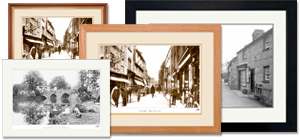
View Sizes & Prices
A Selection of Memories from Liverpool
For many years now, we've been inviting visitors to our website to add their own memories to share their experiences of life as it was, prompted by the photographs in our archive. Here are some from Liverpool
Sparked a Memory for you?
If this has sparked a memory, why not share it here?

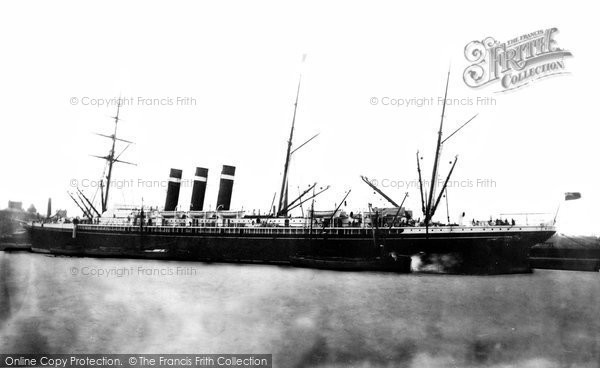
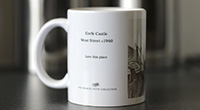
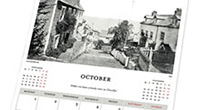




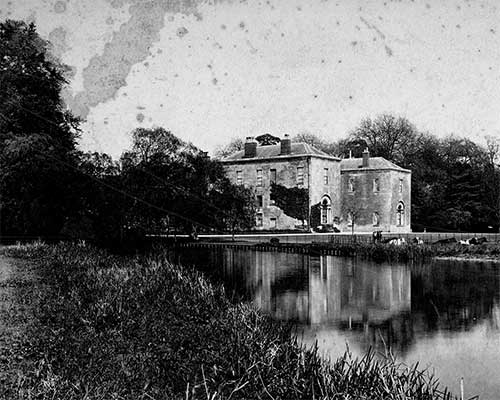 Before
Before
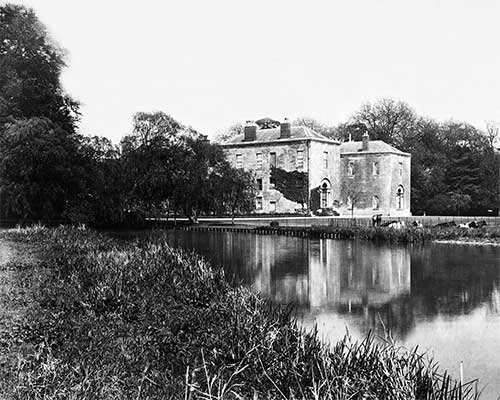 After
After